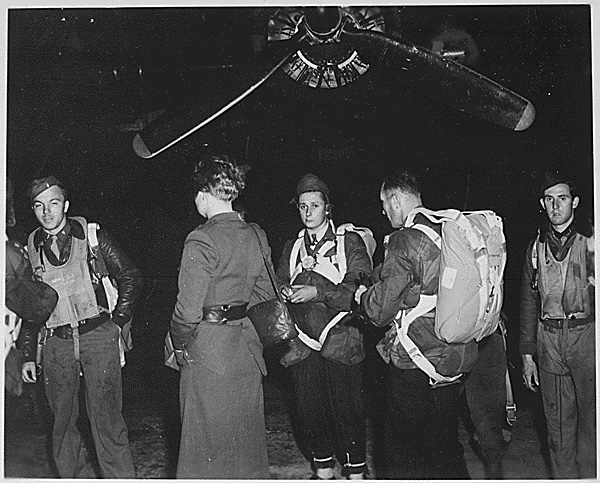A part of the Centralia mine fire as it was after being exposed during an excavation in 1969. Available here.
The northeast of the United States is old. I’m not trying to create a mid-life crisis here — I’m talking about being historic. Although our nation is still considered relatively young compared to the rest of the world — we’ve got some definite historic architecture.
We’ve also got some rural areas that are downright eerie. Some of our fields have the occasional, well placed, 18th century weather-worn-and-wooden barns. Some of our cracked cement highways are traveled only infrequently. And our high-elevation mountains offer the perfect cover to conceal a castle worthy of Nosferatu himself.
With unmistakable parallels to the setting of the video game Silent Hill and some sixty miles northeast of Pennsylvania’s capitol of Harrisburg is the town of Centralia. At its height — Centralia’s population was about 3,000 in 1890 — but unlike other towns — something seemed loom over this mining town.
Like many Pennsylvania communities — Centralia was incorporated right after the American Civil War in 1866 as a mining borough — its citizens and miners employed by the local Locust Mountain Coal and Iron Company — and the mine itself having opened in 1862.
The start
Centralia’s story begins when native Americans would sell their land around what would become the town to European Agents around 1749. In 1793 — Robert Morris who was not only signed the Declaration of Independence in 1776 but also was a hero in the Revolutionary War— acquired land in the valley around what would become the town. In 1868 — Alexander Rae who founded the town itself at the end of the Civil War — was brutally murdered by the Molly Maguires while en-route between Centralia and Mount Carmel. According to legend — the first Roman Catholic Priest to live in Centralia (Father Daniel Ignatius McDermott) was assaulted by several members of the Molly Maguires in 1869 and subsequently cursed the land around the town and proclaimed that nothing but the Church would eventually remain in Centralia. He ended up very close to being right.
In June of 1948 — just three years after the end of World War II — United Airlines Flight 624 traveling between San Diego and New York crashed into a mountain between the Pennsylvania towns of Aristes and Centralia. The plane went into descent before crashing. Residents of Centralia helped to bury the victims in St. Ignatius Cemetery.
Fire
But the event that would ultimately doom Centralia happened around Memorial Day of 1962 — when a crew doing a controlled burn of a landfill around Centralia did not extinguish the blaze and the fire seeped into an old mine shaft that was not properly sealed. Over the years — millions of dollars were spent by the federal government in attempts to extinguish the fire but every attempt found it to be much larger than originally thought or ran out of funds.
Over the years as snow melted quickly from the warm ground and smoke oozed from the rusted vents around the town — concerns grew about Centralia. In 1979 — then Mayor John Coddington was forced to close his gas station when fuel in the tanks began to boil underground. In 1981 — a twelve-year-old boy nearly died when he fell into a 100-foot sinkhole before being pulled out by his cousin. In 1993 — Pennsylvania bypassed route 61 — the main thoroughfare into town due to fire by the mine.
After millions were invested to extinguish the fire, Governor Bob Casey would claim eminent domain in 1992 which condemned all the borough’s structures. In 2009 — then Pennsylvania Governor Ed Rendell began evictions for the residents who remained. In 2002 — Centralia’s Postal Code was removed. Today — the Municipal Building doesn’t even bear Centralia’s name — the remnants of stone walkways indicate where homes used to be. The nearby town of Brynesville was completely vacated — today remaining only by a Shrine at the side of the road and an old garage.
Now the horror of what happened in Centralia has become historic. The remaining residents settled their lawsuit in 2013 — receiving $218,000 in as payment for their homes and the right to stay in their houses for the rest of their lives. After the residents are deceased —many of the houses constructed with those multiple-chimney looking support buttresses are demolished. When the last five residents are no longer with us as of the 2020 census — the town of Centralia — shrouded in a backdrop of steam — will be gone forever.
Michael Thomas Leibrandt lives and works in Abington Township, PA.
Premium IPTV Experience with line4k
Experience the ultimate entertainment with our premium IPTV service. Watch your favorite channels, movies, and sports events in stunning 4K quality. Enjoy seamless streaming with zero buffering and access to over 10,000+ channels worldwide.

















